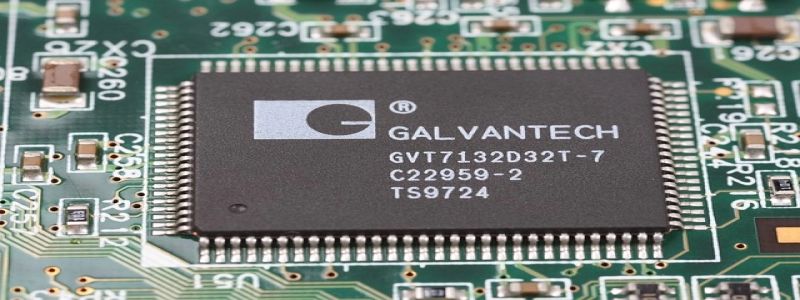Bridge Ethernet
I. Introduction
A. Definition
B. Purpose
II. Basic Structure of Ethernet
A. Ethernet segments
B. Ethernet frames
C. MAC addresses
III. Bridge Overview
A. Definition and function
B. Benefits of bridging Ethernet
IV. How Bridge Ethernet Works
A. Unicast, multicast, and broadcast traffic
B. Forwarding frame process
C. Learning and updating MAC addresses
D. Spanning Tree Protocol (STP)
V. Types of Bridges
A. Local bridges
B. Remote bridges
C. Wireless bridges
VI. Advantages and Disadvantages of Ethernet Bridging
A. Advantages
B. Disadvantages
VII. Conclusion
A. Recap of key points
B. Importance of Ethernet bridging in network infrastructure
I. Introduction
Ethernet is a widely used technology in computer networks that allows devices to communicate with each other. It operates on the basis of Ethernet frames, which contain data packets for transmission. In order to enhance the efficiency and scalability of Ethernet networks, the concept of bridging Ethernet was introduced.
II. Basic Structure of Ethernet
Ethernet networks are divided into segments, which are connected by devices called bridges. The bridge serves as a link between different segments and allows for the transfer of data between them. Each segment consists of multiple devices, such as computers or switches, that are identified by unique Media Access Control (MAC) addresses.
III. Bridge Overview
A bridge is a networking device that connects two or more Ethernet segments and forwards data packets between them. Its main function is to examine the destination MAC address of each incoming frame and determine the appropriate segment to forward it to. By doing so, bridges can effectively divide a large network into smaller segments, reducing the overall traffic congestion.
IV. How Bridge Ethernet Works
When a bridge receives a frame, it analyzes its destination MAC address. If the address is located on the same segment as the source device, the frame is discarded. If the address is located on a different segment, the bridge forwards the frame to that segment. Bridges utilize unicast, multicast, and broadcast traffic forwarding techniques to ensure that the frames are delivered to the intended recipients.
In order to efficiently forward frames, bridges maintain a table called the MAC address table. This table stores the MAC addresses of devices on each segment. When a frame arrives, the bridge checks its source MAC address and updates the MAC address table accordingly. The bridge then uses this table to determine the destination segment for each frame.
To prevent loops in the network topology, bridges employ a protocol called the Spanning Tree Protocol (STP). STP creates a loop-free path by selectively disabling certain Ethernet links. This ensures that the network remains stable and prevents excessive broadcast storms.
V. Types of Bridges
There are various types of bridges available, including local bridges, remote bridges, and wireless bridges. Local bridges connect Ethernet segments within a single physical location, while remote bridges connect segments located in different geographical locations. Wireless bridges, on the other hand, use wireless technology to connect Ethernet segments without the need for physical cables.
VI. Advantages and Disadvantages of Ethernet Bridging
Ethernet bridging offers several advantages, such as improved network performance, reduced network congestion, and increased network scalability. By dividing a large network into smaller segments, bridging enables the efficient transfer of data and prevents unnecessary broadcast traffic.
However, Ethernet bridging also has its limitations. It requires additional hardware devices, such as bridges, which can be costly to implement. It also introduces some degree of latency due to the processing required for frame forwarding. Additionally, the Spanning Tree Protocol can take time to converge, causing temporary disruptions in network connectivity.
VII. Conclusion
In conclusion, Ethernet bridging plays a crucial role in enhancing the efficiency and scalability of Ethernet networks. By connecting different segments and forwarding data packets, bridges ensure optimal data transmission and reduce network congestion. Despite some limitations, Ethernet bridging remains an essential component of modern network infrastructure.








